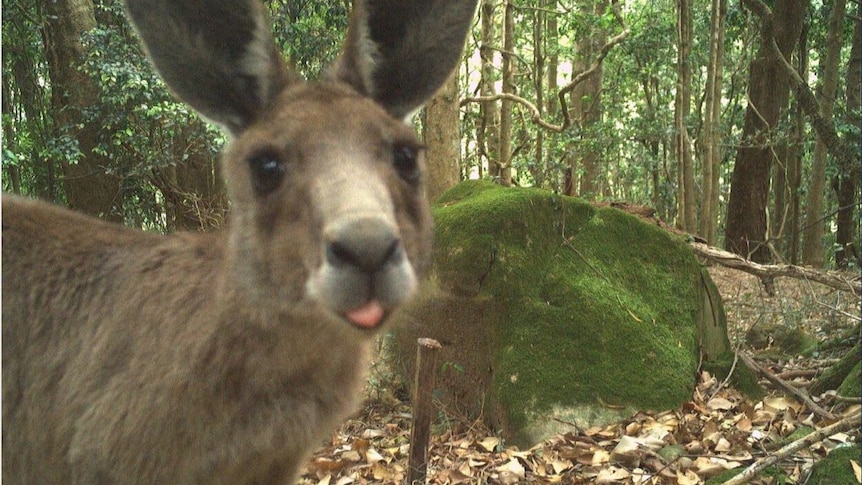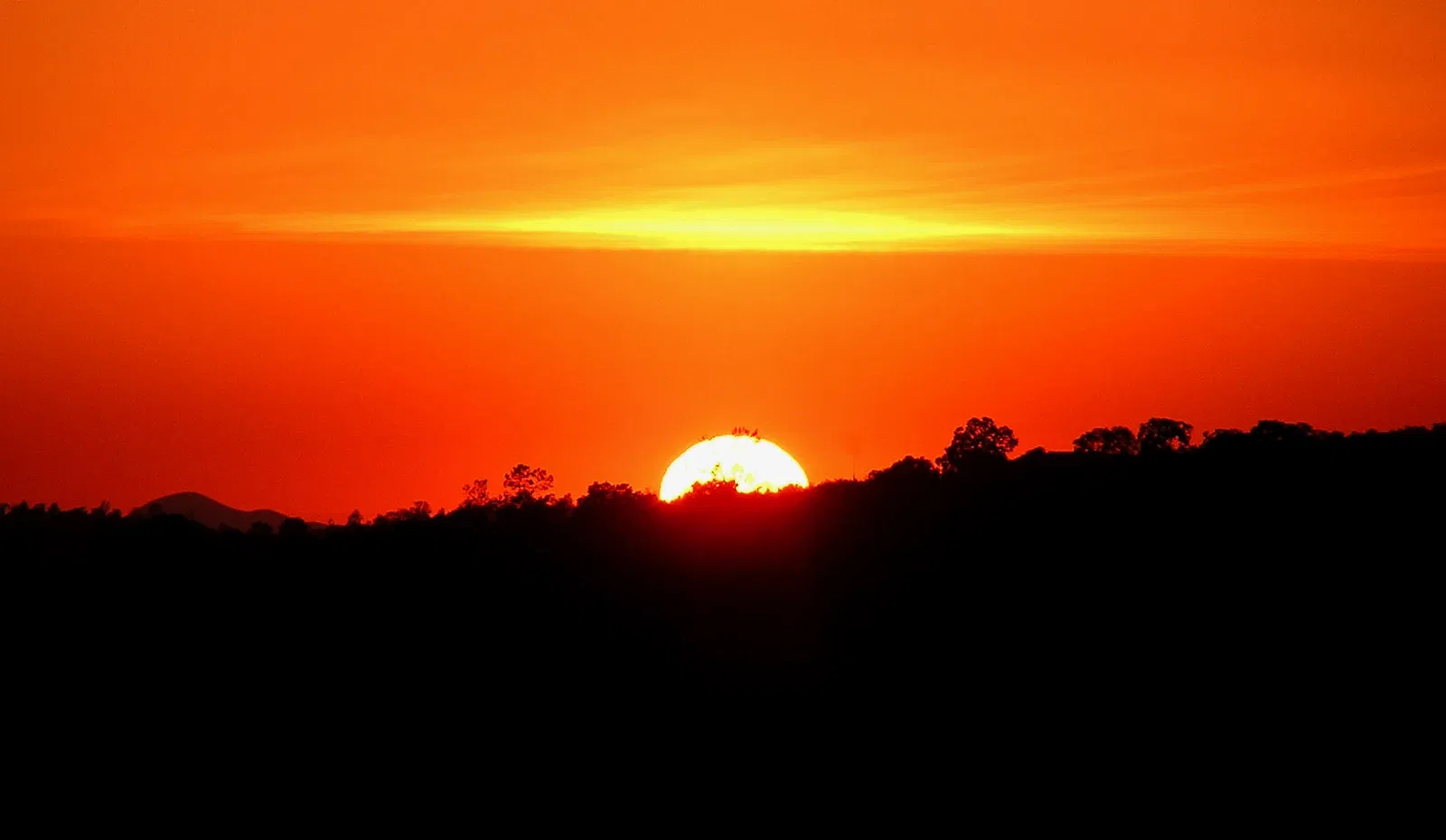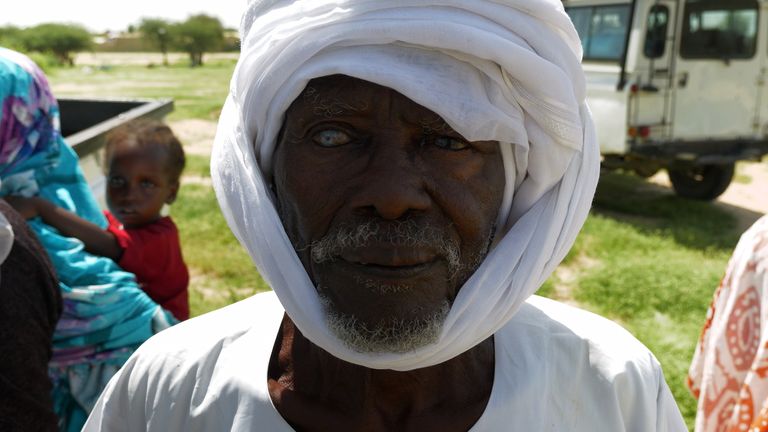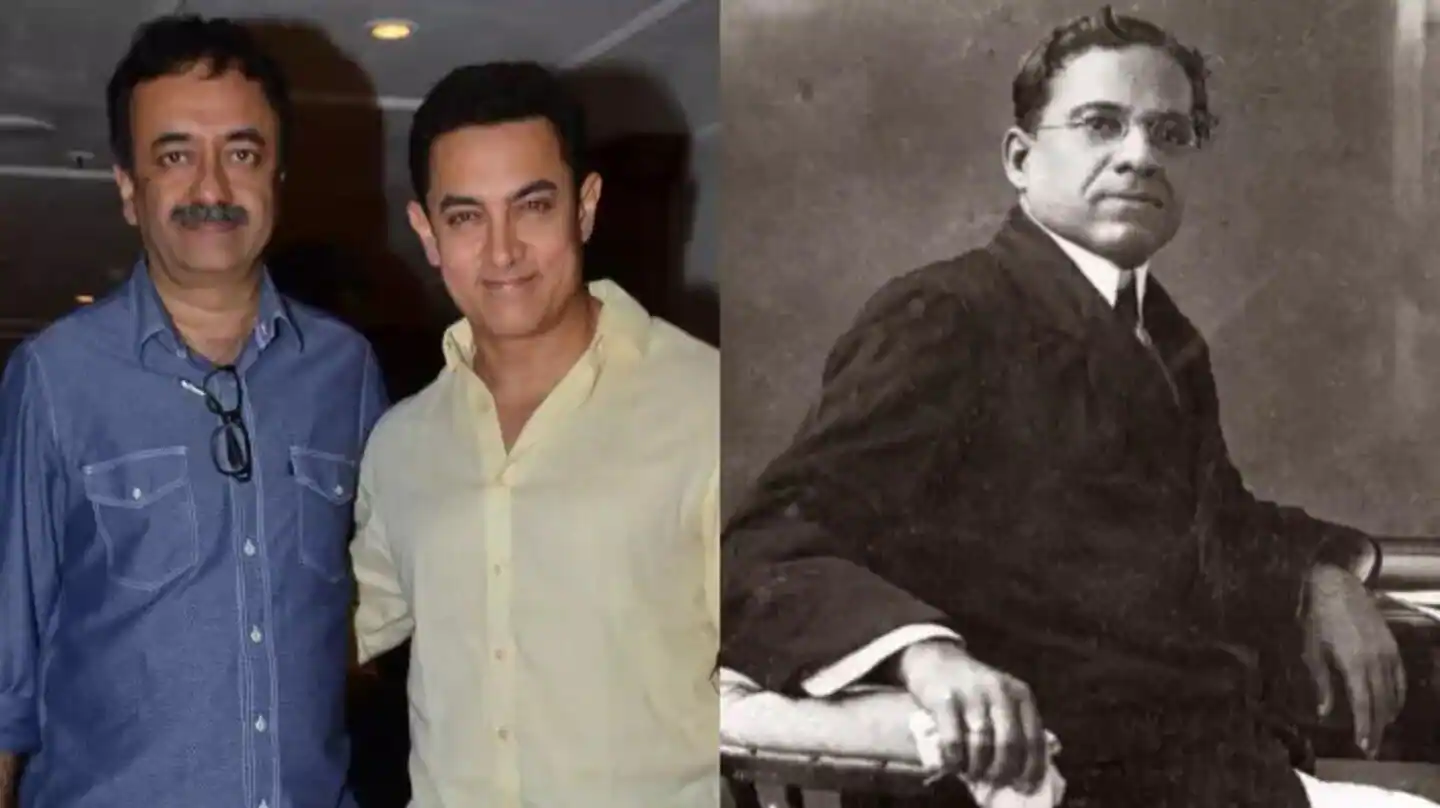By Lauren Bohane
Copyright abc

After years dedicated to conserving his property on the NSW Mid North Coast, Andy McCoubrie was confident it was home to a host of wildlife.
But it was not until he installed cameras and audio recorders that he realised just how diverse that wildlife was.
“[We’ve got] lots of microbats which we didn’t really know about,” he said.
Mr McCoubrie was one of about 250 conservation agreement landholders trained to use wildlife cameras and audio recorders as part of a NSW Biodiversity Conservation Trust pilot project.
The project saw the NSW government support landholders in protecting and managing biodiversity on their properties.
“It’s a lot of people that have set aside profit or traditional farming practice … and said, ‘I want to focus on looking after our Australian creatures and our Australian plants,'” Mr McCoubrie said.
A lifetime of survey work
Across eight regions in NSW, more than 1.4 million camera images and 15,000 hours of audio recordings were logged throughout the 12-month pilot, which began in August 2024.
The images and recordings featured 1,213 different species, including 46 threatened species, some of which were detected outside their known ranges.
“We got so many threatened species, including the sooty owl, the powerful owl, heaps of different microbats, including threatened microbat species,” said BCT education team leader Alice McGrath.
She said the work added up to 720,000 hours — or more than 80 years — of volunteer survey work.
Plans to expand
With the 12-month pilot project now wrapping up across the state, the BCT hoped localised hubs could soon be established to continue to loan out cameras and recording equipment, as well as expand the project into other regions.
“We really want to invest in building our landholders’ skills so they can take this and keep going,” Ms McGrath said.
“[We want to] keep building on the knowledge and the data set for each of these landscapes because looking at the trends over time will help us inform management.
“See[ing] what the species are doing over seasons and time will be really useful.”
Mr McCoubrie found the project brought a wider audience to local conservation.
“It’s not just talking to those landholders that are involved in a conservation agreement, it’s the wider conversation you have with people that aren’t super focused on but definitely are interested.”
He would like to see non-conservation agreement landholders brought on board.
“I’m sure there are farmers out there that have tracts of bush on their property that they’re not farming that they’d probably love to be involved in that sort of work,” Mr McCoubrie said.
The second stage of the project began in March this year and will wrap up in March 2026.



